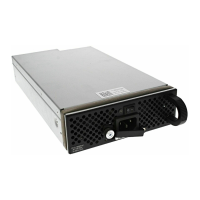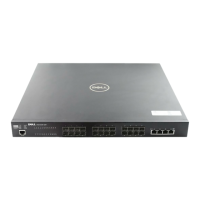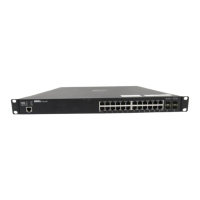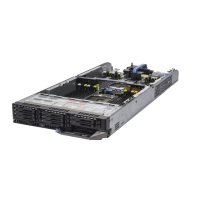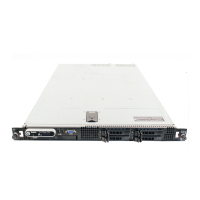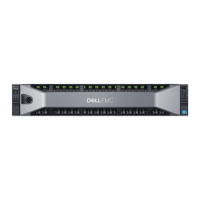310 | Layer 2
www.dell.com | support.dell.com
Figure 17-1. Redundant NICs with NIC Teaming
When you use NIC teaming, consider that the server MAC address is originally learned on Port 0/1 of the
switch (Figure 17-2). When the NIC fails, the same MAC address is learned on Port 0/5 of the switch. The
MAC address must be disassociated with the one port and re-associated with another in the ARP table; in
other words, the ARP entry must be “moved”. To ensure that this happens, you must configure the
mac-address-table station-move refresh-arp command on the Dell Force10 switch at the time that NIC teaming
is being configured on the server.
Figure 17-2. Configuring mac-address-table station-move refresh-arp Command
MAC Move Optimization
Station-move detection takes 5000ms because this is the interval at which the detection algorithm runs.
Note: If you do not configure this command, traffic continues to be forwarded to the failed NIC until the
ARP entry on the switch times out.
IP: 1.1.1.1
fnC0025m
X
Port 0/1
Port 0/5
Active Link
IP: 1.1.1.1
fnC0026m
X
Port 0/1
Port 0/5
Move MAC
address
Active Link
ac-address-table station-move refresh-arp
onfigured at time of NIC teaming
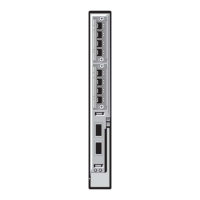
